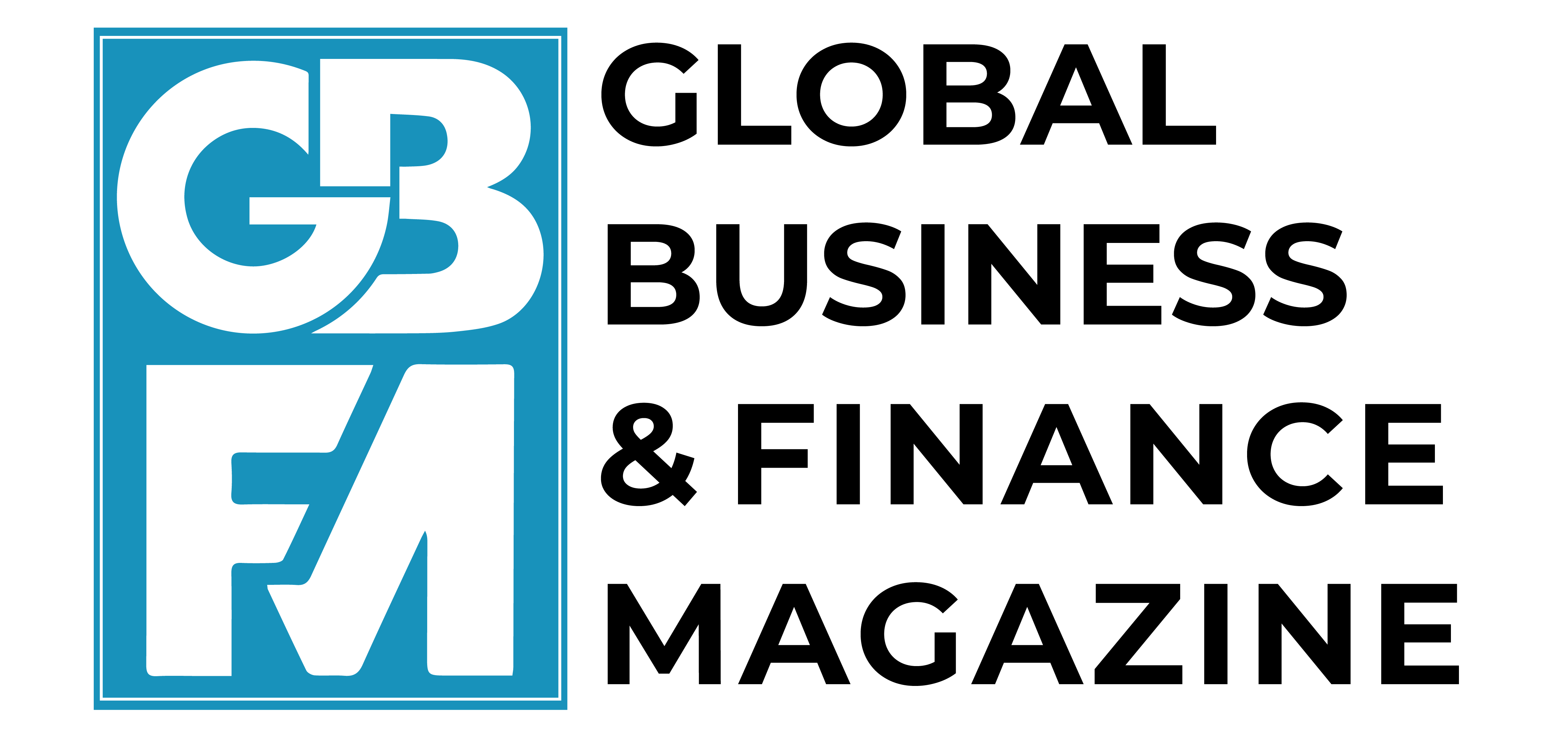As geopolitical tensions rise, fears of deglobalisation have taken centre stage. However, world trade has remained surprisingly resilient, at least through 2023. This column uses bilateral trade data from 187 countries between 2015 and 2023 to identify decoupling patterns and their economic impacts. Trade reorientation mirrors political alliances more than comparative advantage, with a quarter of countries aligning with the US, another quarter with China, and half remaining unaligned. The redirection of trade has so far produced little loss in global welfare, as global trade volumes remain stable.
As geopolitical tensions rise, fears of ‘deglobalisation’ have taken centre stage. The US–China trade war, Brexit, and Russia’s invasion of Ukraine have led many to conclude that globalisation is unravelling. Yet, despite these shocks, world trade has remained surprisingly resilient, at least through 2023.
In our recent research (Bonadio et al. 2025), we show that the global trading system has not collapsed but reorganised into distinct blocs. This decoupling – the redirection of trade toward friendly partners – has so far produced little loss in global welfare. Instead of deglobalisation, we find a reconfiguration of global trade links, echoing Antràs (2020), who argues that global value chains are adapting rather than retreating.
The rise of trade blocs
Since 2016, global trade patterns have undergone a quiet transformation. Using data on bilateral trade flows from 2015 to 2023, we observe that while trade between geopolitical rivals has fallen, it has increased elsewhere. The world trade-to-GDP ratio has stabilised, even reversing its post-financial-crisis decline (Figure 1).
Figure 1 World trade/GDP ratio


Notes: Solid line denotes the trade-GDP ratio, defined as 0.5×(exports+imports)/GDP. Dashed line denotes the 3-year moving average of the trade-GDP ratio. Vertical line denotes the beginning of the US–China trade war.
Sources: DOTS, WEO.
What explains this resilience? As Antràs (2020) and Goldberg and Reed (2023) have documented, we are not experiencing deglobalisation but rather fragmentation or decoupling – a reconfiguration of trade links across the globe. As countries involved in trade conflicts disengage from each other, they ramp up trade with other partners. Table 1 confirms this pattern: even as trade between the US and China fell, both economies increased trade with the rest of the world.
Table 1 Change in trade, 2015–2023


Notes: Table presents the percentage change in the imports-to-GDP ratio from the source economy to the destination economy between 2015 and 2023. Rows represent exporters and columns represent importers.
Measuring bloc formation and its economic impact
We employ a data-driven approach to identify which countries are aligning into which trade blocs. Using bilateral trade data from 2015 to 2023, we identify decoupling patterns and quantify their economic impacts.
We categorise countries into three groups:
- Those moving towards the US bloc, consisting of countries that experienced reduced trade costs with the US and increased trade costs with China
- Those moving towards the China bloc, comprising countries with heightened trade costs with the US and decreased trade costs with China
- Unaligned countries, where trade costs with both the US and China moved in the same direction.
We identify revealed trade costs from observed trade flows by running a standard gravity equation. The residual of this equation is then revealed bilateral trade costs, up to the trade elasticity. Our approach, based on observed trade flows, contrasts with alternatives where the bloc structure is imposed on the data using observations like UN voting patterns.
In our analysis of 187 countries, we find that roughly one-quarter of countries have aligned with the US, another quarter with China, and about half remain unaligned. Hong Kong, Israel, Russia, and Saudi Arabia are clearly aligned with China, while European countries, along with India, Korea, Japan, and Singapore, are part of the US bloc.
Economic consequences of decoupling
Using a quantitative multi-country, multi-sector global production network model, we evaluate the economic effects of observed changes in trade costs. Contrary to the widespread belief that fragmentation reduces welfare, the median country experienced a 0.6% increase in real income from trade cost changes between 2015 and 2023.
This surprising result reflects the stability of global trade volumes. Lower trade between some partners was offset by higher trade elsewhere, leaving average trade costs roughly unchanged. As Evenett et al. (2024) note, protectionism has risen selectively rather than universally, producing a world of fragmented openness rather than autarky.
Interestingly, unaligned countries gained slightly more than bloc members (around 0.8%), since they could reorient trade toward both sides. These findings suggest that fragmentation, so far, has not been as costly as feared.
Are countries in the ‘right’ blocs?
If most countries benefit from decoupling, are they choosing blocs that maximise their welfare? To explore this, we conduct counterfactual exercises, moving countries from one bloc to another. Surprisingly, we find that economic self-interest does not fully account for current bloc formations. The median country in the US bloc would be better off joining the China bloc, and vice versa.
This misalignment implies that geopolitical considerations, rather than purely economic incentives, are driving bloc formation. Campos et al. (2023) similarly highlight that the political economy of bloc formation often diverges from economic self-interest. We show that trade reorientation increasingly mirrors political alliances – measured, for example, by UN voting patterns – rather than comparative advantage.
Policy implications
Three key lessons emerge from our analysis.
- Fragmentation need not mean welfare loss. The reorganisation of trade up to 2023 allowed many countries to redirect flows toward cheaper partners, offsetting cross-bloc disruptions.
- Regional integration can cushion shocks. Within-bloc trade costs have fallen, partially neutralising higher costs across blocs. This supports the argument by Gopinath et al. (2025) that regional cooperation can preserve openness in a divided world.
- Geopolitics is now central to trade policy. Policymakers face a new tension: blocs are forming for strategic, not necessarily economic, reasons. Managing this divergence will be key to avoiding unnecessary welfare losses as new tariffs and countermeasures – like those introduced in 2025 – begin to bite.
Conclusion
Globalisation is not ending – it is being reorganised. The emergence of trade blocs has, until 2023, been more of a reshuffling than a retreat. Most countries have managed to maintain, or even slightly improve, their welfare despite decoupling.
However, as the 2025 trade war escalates and trade barriers rise within blocs, the world may move closer to the true economic costs of fragmentation. Policymakers should therefore focus on preserving the gains from openness while adapting to the geopolitical realities of a multi-bloc world.
Source : VOXeu



































































